EBR charges a service fee to manufacturers to produce ebike reviews and videos, this began in 2018. It’s the same flat fee for each bike, and it helps us to keep the site going while limiting ad clutter. We appreciate the opportunity to serve you with our opinions and data but respect your right to know that we receive compensation :)
The Easy Motion Rebel Lynx 5.5 27.5 + PW-X is a full suspension trail electric mountain bike with 140 mm travel front and rear. It’s at the upper end of trail and could definitely be used for light all mountain riding, because of the longer travel, thicker fork stanchions, and quality Shimano SLX hydraulic disc brakes. The front rotor offers extra stopping power because it’s slightly larger at 203mm vs. the rear 180mm. Both wheels are spoked into wider hubs, this is called Boost hub spacing, that provides a stronger bracing angle to support the larger plus sized tires. I noticed that the rims were also slightly wider, to provide maximum float and traction. This bike comes fully loaded with an internally routed dropper post with infinite set points, locking Ergon grips that match the blue frame decals, a narrow-wide chainring with frame mounted guide (that can be swapped for a front derailleur if you wish to convert from a 1x drivetrain, an 11-speed Shimano Deore XT drivetrain with one-way clutch to reduce chain bounce and wide 11-46 tooth spread. Honestly, I wouldn’t change anything about the bike. The blacked out color scheme looks beautiful and the unit I was test riding had black anodized stanchions even though the stock photo shows silver. I love how low the top tube is positioned, in case you need to hop off the saddle and put your feet down on an angled or slippery slope. The split pivot suspension design works well, isolating pedal bob and brake squat from traction control and terrain engagement. With two frame sizes to choose from, and industry leading five year warranty (2 years on the battery pack, 1 year paid shop service), and nearly 200 dealers in North America to visit and test ride at, it’s a leading product in my mind. I do have some complaints about the Shimano charger size, weight, and design, and the Selle Royal Saddle just doesn’t feel comfortable to me personally. I was able to test the 27.5 + PW-X model back to back with the less expensive, specced down, Easy Motion Rebel Lynx 5.5 27.5 Lite which uses the standard PW motor, and the difference was noticeable. For ~$1,200 less, you get a smaller 400 watt hour battery pack, and miss out on the dropper post, boost hub spacing, lightweight hollow spindle, Fox suspension (it comes with SR Suntour instead), and the sturdier display. The biggest trade-off for me personally however, is that the standard PWseries motor maxes out at ~100 RPM vs. 120 RPM on the PW-X, limiting how much support is available in different gears, pedaling at different speeds. For $5k, the 27.5 + PW-X is a gorgeous trail bike that keeps weight down (the large weighed 51.2 lbs), and rides great.
Driving this bike is the performance specced mid-drive motor from Yamaha called the PW-X. It delivers 250 to 500 watts of power with peak torque output of 80 newton meters. This puts it slightly above the current-generation Bosch Performance Line CX. It’s also lighter, more compact, and more efficient to pedal unpowered or beyond the 20 mph top assisted speed because there’s no reduction gearing… it utilizes a standard sized 36 tooth chainring in this case. This is a Class 1 drive system, meaning that it only delivers support when activated by pedaling and tops out at 20 mph (32 km/h in European markets). As a Class 1 electric mountain bike, the Easy Motion Rebel Lynx 5.5 27.5 + PW-X is allowable on the highest number of trails in the USA and is treated like a bicycle under federal legislation. Compared to the city-oriented Yamaha PWseries motor, the PW-X produces more noise and uses energy quicker in the highest levels of assist, specifically EXPW (extra power mode), but is actually 13% smaller by volume (shorter and narrower) with a Q Factor of just 160 mm. For plus sized models, I believe the effective Q-Factor is wider so you don’t end up with heel strikes on the chain stays when pedaling. I was told that the split pivot suspension design allows for a higher bottom bracket on this bike, which reduces ground pedal strikes. This motor offers a maximum assistance of 320% based on rider input, responds to rear wheel speed, pedal cadence, and pedal torque (relying heavily on torque), and can run up to 120 RPM for faster pedaling, as mentioned earlier. This last point is a big one for me personally as I prefer to downshift when going into hills and found that the standard PWseries motor would not be able to keep up with its limited 100 RPM pedal rotation support. With all of that speed and the additional gears, it’s worth noting that there is no shift detection built into the motor controller here, so you’ll reduce mashing and drivetrain wear by easing back on pedal torque just before and during shifts. The spindle uses ISIS vs. square tapered for stronger grab and durability and the internal gearing of the motor now features four pawls and 24 teeth vs. two pawls and 16 teeth on the PWseries. Basically, the motor can engage faster! I’ve just recited a lot of stats for you but the big takeaways compared to Bosch CX, Shimano E8000, and Brose S, for me have been that this motor is compact, efficient, and powerful, but louder and slightly less capable at the 120 RPM pedal rate despite the big upgrade from the PWseries.
Powering this ebike is a 489.6 watt hour Lithium-ion battery pack called the Yamaha X0R-10. It’s externally mounted to the downtube, flatter and longer than many competing products, and it tips in from the left side of the frame vs. going in vertically. This side-mount design reduces the potential for contact between the top of the battery and the top tube of bike frames and allows the top to be to be lower and more angled, as is the case here. Ultimately, the bike frame can be easier to mount and more comfortable to stand-over with a lower or sloped top tube and that can make a big difference if you’re riding off-road and have to step down on an angled slope. There’s a lot to like about the Yamaha battery packs… the casing for the 400 and 500 watt hour packs is the same, so it’s backwards compatible if you own a second e-bike with the smaller pack. Maybe you get the 27.5 + PW-X modela nd the 27.5 Lite and then share packs between friends or family? There’s a sturdy, and wide, plastic loop at the top of these packs for secure mounting and transport. There’s even a sealed LED battery indicator built in to the top of the battery casing, so you can estimate how full it is without mounting to the bike or turning the bike on. And, the locking cylinder design seems sturdy. I like how it’s positioned up high on the mounting interface to reduce debris and dust exposure while riding. This is where some of the trade-offs and design compromises start to arise. I think that the battery should have been designed to mount in from the right side of the bike because most mountain bikes don’t have kickstands and it’s a best practice to lay them down on the left side to protect the drivetrain and derailleurs on the right. Disc brakes are still delicate, especially larger ones like the 203 mm front rotor here, so do be careful. I personally think that the keyed slot and mounting side should have been on the right so that the bike could be laid down when removing the pack and perhaps then the charging interface could have been moved up on the left side. As it is currently designed, the charging interface is positioned low on the left, directly in the path of the left crank arm. This creates a point of vulnerability because the charging plug design is relatively thin and seemingly delicate, made of narrow hard plastic. Compared to Bosch, which uses a wider rubberized plug, I’m always concerned about stepping on the tip of the Yamaha charger tip and I definitely do not appreciate how long, bulky, and heavy the charger itself is… weighing in at 2.2 lbs (0.99 kg) compared to Bosch at 1.6 lbs (0.72 kg). The fast four-amp output is much appreciated given the 500 watt hour battery, but this charger is one of the bulkiest on the market at this time and I haven’t seen a portable option from Yamaha yet, as I have from Bosch and Brose with some Haibike and Specialized models. In conclusion, this battery pack is great in many ways but definitely has some room for improvement. It’s best to store any Lithium-ion battery in a cool, dry location, and avoid dropping and discharging below 20% to maximize stability and lifespan.
In my opinion, Yamaha has been a leader in display and control pad design for electric bicycles since their products began showing up in North America around 2016. Two particular older models come to mind: a large removable LCD unit with remote button pad that was easy to read but somewhat vulnerable to impact (this is what the cheaper Rebel Lynx 5.5 27.5 Lite uses). That display was mounted high atop the handlebar, near the center of the stem. And, there’s also a more compact fixed LED unit with limited readouts and integrated buttons (mounted atop the handlebar, near the left grip on some Haibike models). The LED control pad was usually included on value-priced models because it didn’t include as many sub-menus and didn’t offer Micro-USB charging as we see here. For the new PW-X powered electric bikes, Yamaha has drawn on both of these early control interface designs to create a durable but feature rich offering that maintains the Micro-USB port. I love that they kept this interface because it can be useful if you use a smartphone for GPS navigation, Strava, or music, as well as diagnostics and software updates. The PW-X user interface consists of a compact LCD screen, positionable on either side of the stem, and a remote button pad, usually attached near the left grip. This button pad was still very reachable for me during the test rides and would probably remain functional if a second set of triggers was added to control a front derailleur as is the case with the Haibike XDURO AllMtn 8.0. Buttons include a rubberized power button and light button on the display console along with plastic select, up, down, and walk mode buttons on the control pad. Unfortunately, it seems that Yamaha or BH / Easy Motion may have disabled walk mode for the US market, as it did not work on the stock bikes I tested. That’s a bummer when you need to walk a technical section of trail or wind up with a flat tire. Once the display is turned on, the most basic interactions are to arrow up and down through Off, +ECO, ECO, STD, HIGH, and EXPW. Select allows you to navigate through different sub menus including odometer, trip meter, average speed, maximum speed, distance (range estimator), pedal cadence, time, and battery percentage. It was neat being able to test my pedal cadence on the fly, I really appreciate the range estimate to help gauge when to switch down assist levels in order to make it home without running out of power, and the 10-bar battery infographic and battery percentage drive this point even further. You can enable Bluetooth, disable the USB port, and even remove menus from that long list by holding the select button to get into a settings menu. And, there’s one final treat with this display. In addition to the blue-backlit LCD screen, there’s a colored light strip that matches up to the different assist levels. I think the idea here is to make it easy to glance down and know what level of assistance is enabled. It’s a great concept because the LCD itself is on the small side… but in practice, I found the LED readout to be difficult to make out in bright daylight. At night and in the woods it probably works great, and might even be distracting. And so, it’s also nice that you can completely disable the LED light strip back in the settings menu. All in all, this display does an excellent job. It mostly stays out of the way and is easy to interact with while pedaling, even without looking down because of the sloped clicky control pad design. It is not removable and cannot be swiveled to reduce glare, but the large plastic bezel looks tough and seems well protected inline with the stem. I love how clean and open the handlebar is, allowing plenty of room to attach a phone or light. Note that the light button could become active for this display if you work with a shop to wire in aftermarket lights.
It was really cool to see two very similar Rebel Lynx models back to back for this review. It helped me to appreciate the differences between the motors, the PWseries being quieter but also limited in power and pedal speed. I love the upgraded dropper post, plus sized wheel setup, stealthy color scheme, and leading suspension. I’d probably convert the tires to tubeless for lower PSI riding on sand and loam, and I’d definitely swap the saddle out… It’s neat that this bike is setup somewhere between trail and all mountain riding, that’s perfect for someone like me who isn’t doing a lot of downhill stuff and wants to keep a steeper fork angle for quick handling. Same goes for the mid-sized 2.8″ plus sized tires vs. 3.0, which add weight and change steering a bit. Easy Motion has gone the distance with the details here, adding a nice slap guard to the right chain stay, and a plastic motor cover to protect from rocks and stumps. It’s a little thing, but the front axle offers adjustable positioning so you can set the quick release lever up or slightly back to avoid snags and impacts. That’s a Fox thing, but you don’t get it with the cheaper model using the SR Suntour fork. I also love the internally routed cable design and hole sizes with larger grommets to make servicing easier… in case your seat post dropper gets disconnected or you add that front derailleur. That is really unique to the Yamaha drive system, and something I personally would not do, but gives you more freedom that Bosch and some others that only support 1x. The bike boots up super fast, the removable battery is easy to deal with and store safely, the display is tough… but not removable or quite as easy to see, so the color LED thing is kind of neat. There is a bit of delay when the motor spins down, but that didn’t impact how I was riding or how the bike handles, I just noticed it compared to some other drive units (specifically Bosch Performance, which is the fastest). As an aside, our friend Nick who did the hard riding towards the end of the video is about 6’1″ tall and normally rides a carbon fiber 29er mountain bike with 5″ (130mm) travel that weighs closer to 28lbs vs. 51lbs here. As always, I welcome comments below, I’ll do my best to chime in and get any information you might need or want, and you can also connect in the Easy Motion electric bike forums. Big thanks to Easy Motion for inviting me out to do this review and providing several models to test and compare back to back!
Pros:
- The Yamaha PW-X motor offers a narrow Q Factor of 160 mm and is fairly lightweight for how much power it outputs, there are four pawls inside and more teeth than the older PWseries, so it starts faster and can handle more force
- The battery offers a lot of capacity, slightly more than the Bosch PowerPack 500, with 36 volt 13.6 amp hours vs. 13.4 ah which provides longer range
- I really appreciate how the battery clicks in from the side vs. the top because this allows for a lower top tube that angles down and thus, a lower standover height… it’s also less likely to scratch up the base of your top tube when connecting
- The battery pack and motor casing look beautiful on this all-black frame, both it and the motor have been melded together visually to create a stealthier appearance
- Fox is a leader in suspension design, their products look cool and tend to be very durable… I appreciate the wider and stiffer 34mm stanchions on the suspension fork, the black anodized hard coating, and the compression and rebound adjust on both
- The overall weight of the bike is pretty good here at ~51.2 lbs for a trail / all mountain electric bike with boost hub spacing, thru-axles and 2.8″ plus sized tires, especially when you consider the dropper post and larger battery… I appreciate how most of the drive system weight is positioned low and centered on the frame for improved handling
- Yamaha makes compact, relatively lightweight motors, and the PW-X is both smaller and lighter than the older PWseries while offering higher peak power, I like how it’s tilted up to raise ground clearance and blend in with the frame
- The PW-X motor offers relatively high 120 RPM cadence support, so you can downshift on approach to hills and it won’t fade out the way that the standard PWseries does, there are twice as many pawls inside and more teeth for faster catch
- Incredible gear range on the cassette, 11 to 46 teeth, and the Shimano Deore XT derailleur is proven and adjustable with a one-way clutch to reduce chain bounce on rough sections or make it easy to remove the rear wheel for maintenance, just click the little grey lever up for tight or down for loose
- Excellent Shimano SLX hydraulic disc brakes with large 203 mm rotor up front (provides mechanical advantage and cooling) and a 180 mm rotor in the rear, tool-free adjustable brake levers allow you to dial in reach if you’re wearing gloves or the pads begin to wear on a long descent
- Nice suspension design, the vertical rear shock keeps weight directly below the rider vs. spreading it forward and raising it up higher
- Great locking semi-ergonomic grips from Ergon, a 125 mm dropper post with internal cable routing and unlimited set points from Kind Shock, and an ISIS spindle vs. the older square tapered that came with Yamaha’s PWseries motors
- Schwalbe makes some of the best tires around, in my opinion, and the Nobby Nic 27.5″ x 2.8″ plus sized offering here use the new ADDIX rubber compound to be grippy but durable, have reinforced sidewalls, and are tubeless ready (so they’re easy to convert), the tread pattern is large and they offer a good balance of float and traction for heavier trail and light all mountain riding across rocks, loam, and sandy terrain
- The display panel is compact and rugged, it’s situated behind the handlebar for protection and uses LED lights to emit color depending on which assist level you’re in, so you won’t have to look down and try to read the smaller LCD readout
- The Yamaha PW-X motor works with a standard sized chainring and spins at a 1 to 1 ratio, so there’s no drag if you’re pedaling unassisted or beyond the 20 mph top speed as there is with the Bosch Performance Line motors
- I appreciate the Micro-USB port built into the base of the display console, this could allow you to maintain a smartphone to run Strava or connect a headlight, it’s just nice to have as an option and it’s well sealed under a rubber cover to keep dust and water out when not is use (you may have to enter into the settings menu to activate or de-activate the USB port, hold select to enter settings then navigate through to USB)
- By holding select, you can enter into the settings menu for the display and actually turn off the color LED lights if they bother you and remove items from the default menu loop (since there are so many by default)
- I like that the Rebel LynX 5.5 27.5 + PW-X only uses one chainring up front, even though the Yamaha PW-X motor is capable of using multiple chainrings, I think that just adds weight and is unnecessary wight a wider range 11-46 tooth cassette, I love that the chainring uses narrow wide teeth for extra grab and that there’s also a frame mounted guide here (which could be swapped for a front derailleur if you really want a multi-chainring setup)
Cons:
- As great as the Yamaha battery pack is with its big plastic loop handle and integrated LED charge indicator, I don’t love the charger because it’s so large, plugs in near the base of the pack (in the path of the left crank arm), and uses a tiny plastic plug tip that feels fragile
- The display can be a little confusing to use because the menus are deep and the LCD is tiny, you cannot remove it or angle it on the fly to reduce glare
- Typically, I feel comfortable on Selle Royal saddles but I really didn’t like the Verve, it’s just too round on top and sort of spreads my seat bones and causes some lower back pain compared to a more flat topped saddle like the Ergon saddles, padded cycling shorts or underwear would definitely help
- It seemed like walk mode was disabled, not sure if it was just the model I tested or perhaps I tried to activate it wrong or something, I welcome feedback but it’s a bummer if Yamaha purposefully disabled this for the USA because it’s useful if you get a flat tire or need to walk a section of difficult terrain
- The motor has a lot of power and offers “zero cadence” near-instant starts… but it doesn’t have any sort of shift detection, this means you could mash the gears and stress the chain if you shift while pedaling in a higher level of assist (especially while climbing), it’s best to ease off a bit just before and during shifting to reduce torque and get the motor to ease back
- The high-powered PW-X motor is a capable climber and fairly efficient, but it definitely makes more noise than the standard PWseries and other products like the Shimano E8000 and Brose S… it’s probably similar to the Bosch CX motor in terms of noise output
- The PW-X motor doens’t seem to cut out instantly once you stop pedaling, it seems to fade out slowly, you can see this in the video review above during my ride tests
Resources:
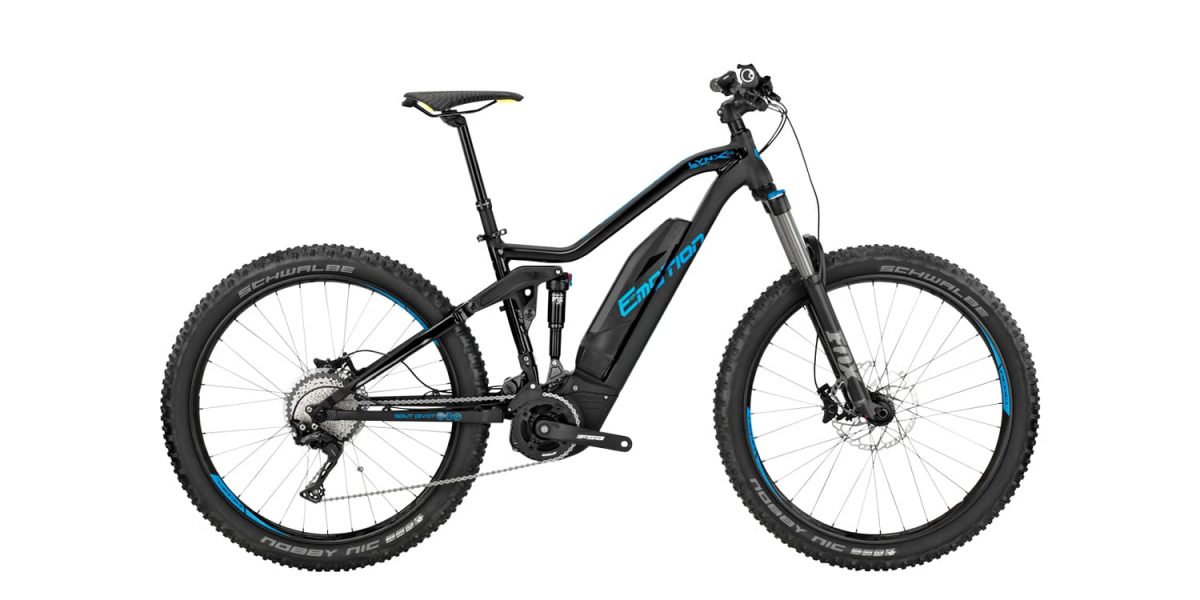

















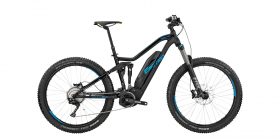

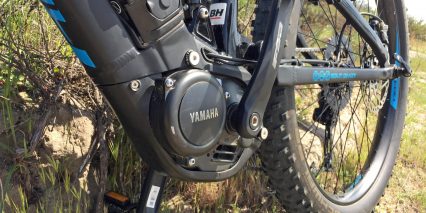
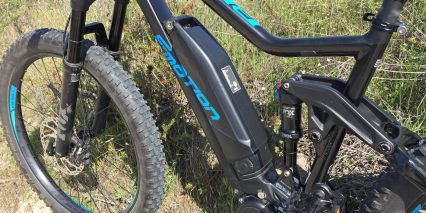
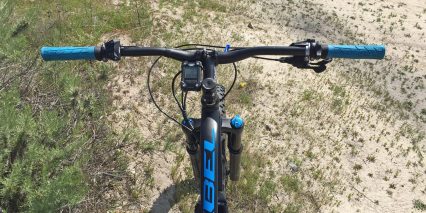
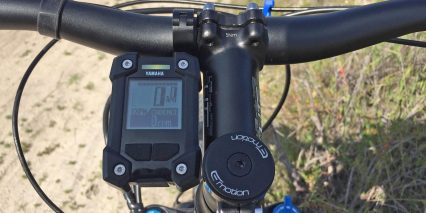

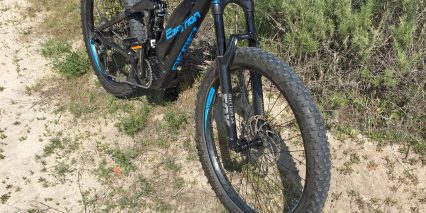
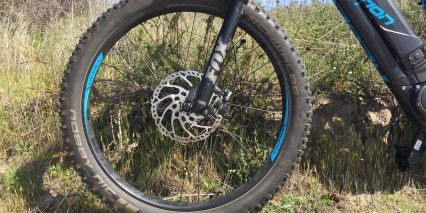
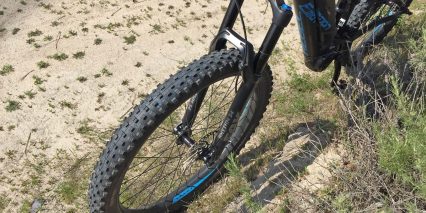
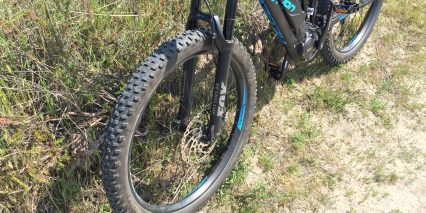
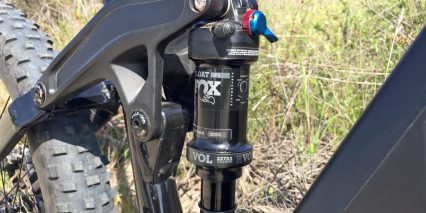
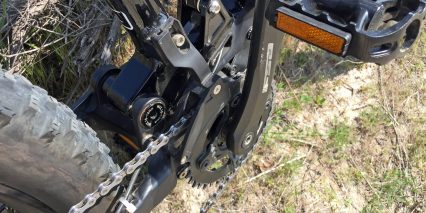
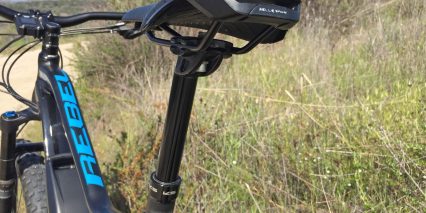
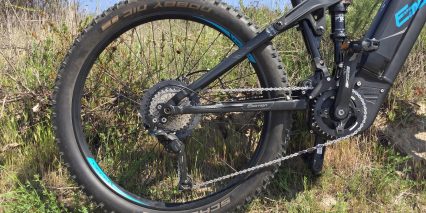
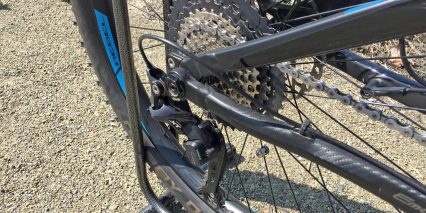
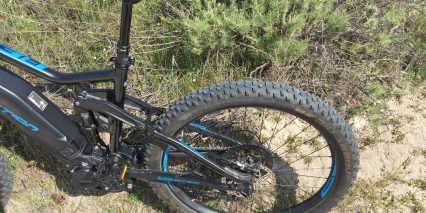
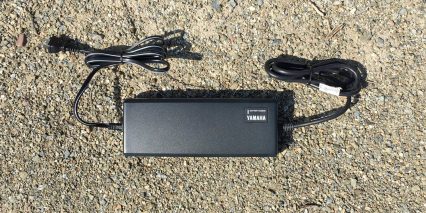

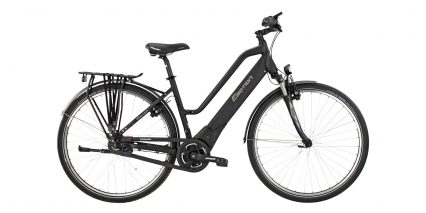
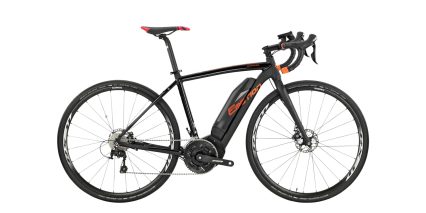
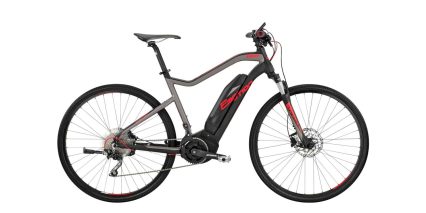
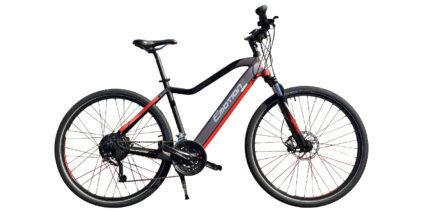
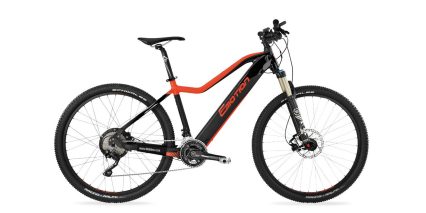
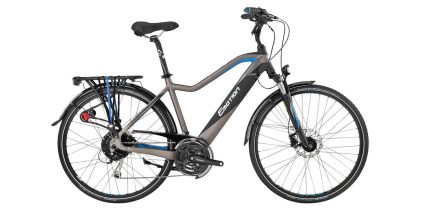
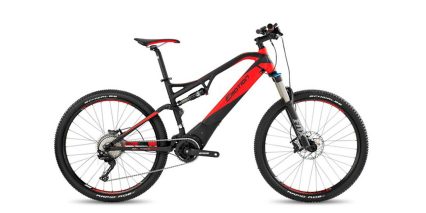
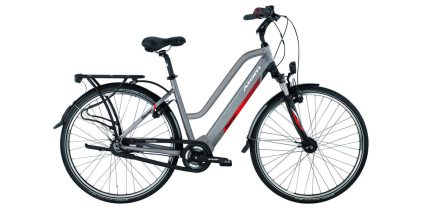
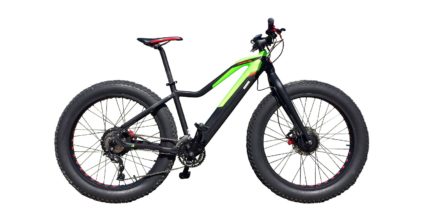

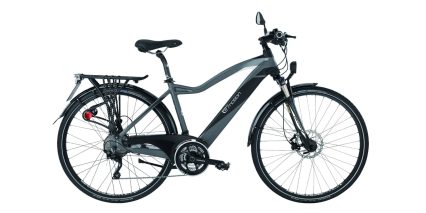
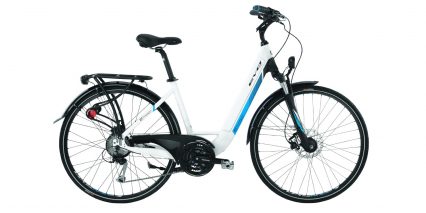
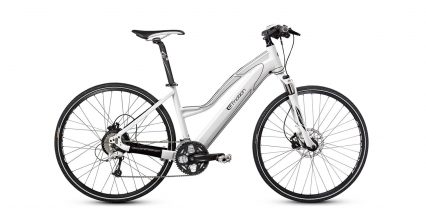
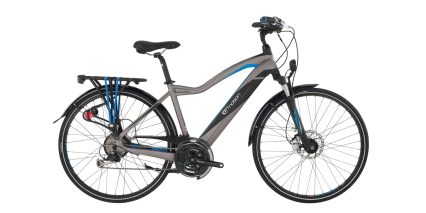

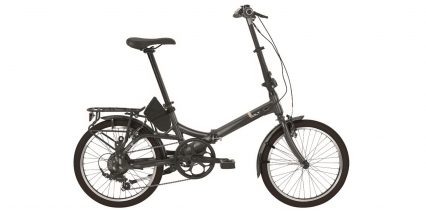
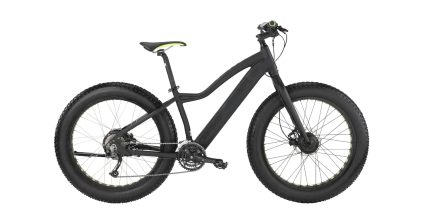
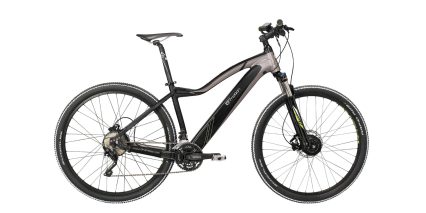
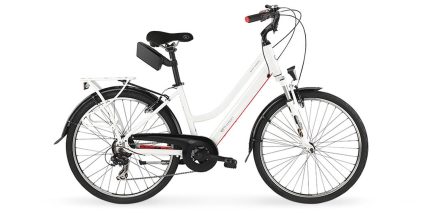
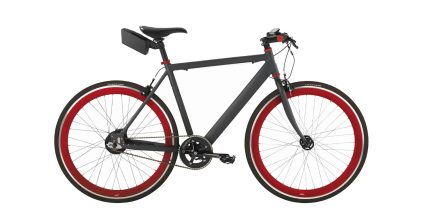
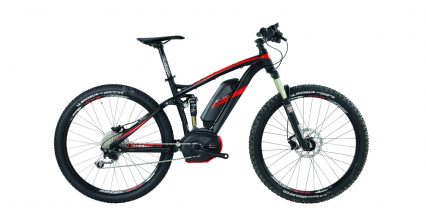
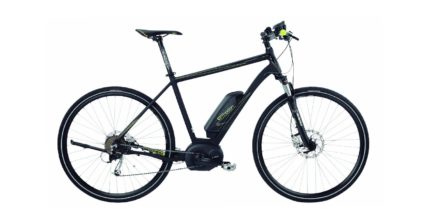
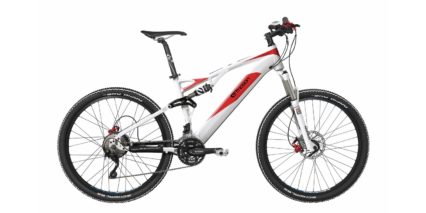
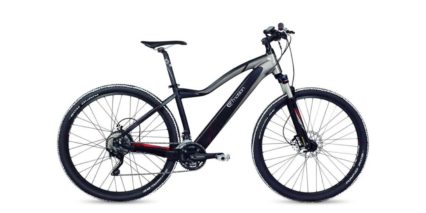
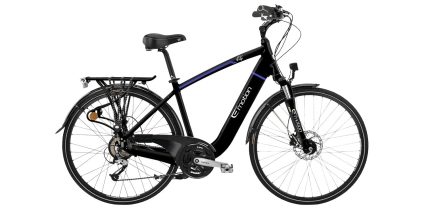
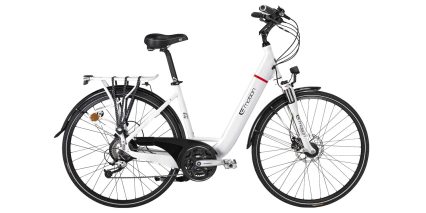
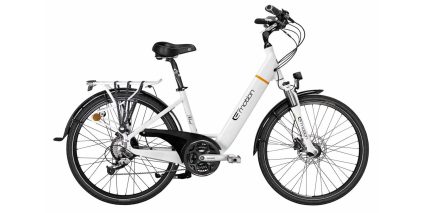

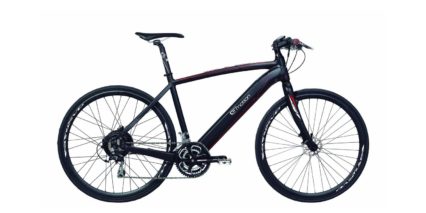
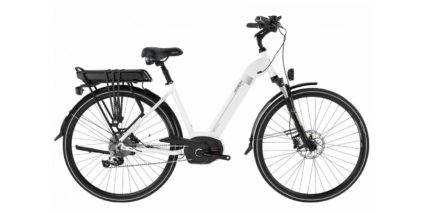
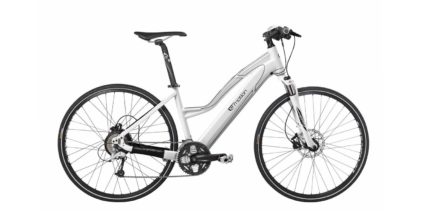
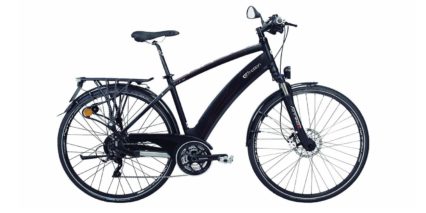
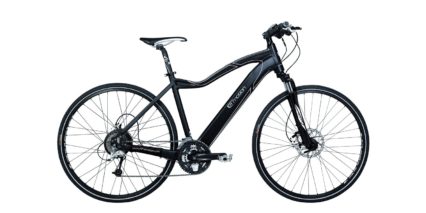

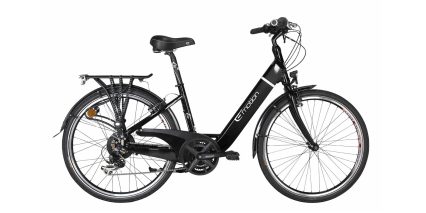
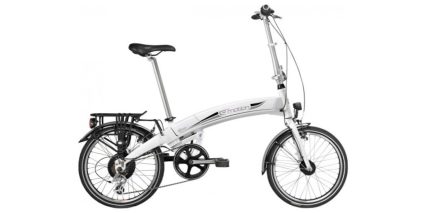
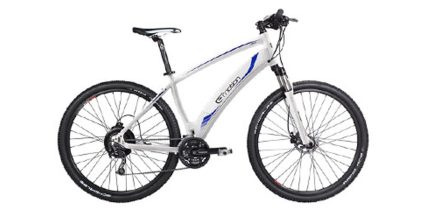
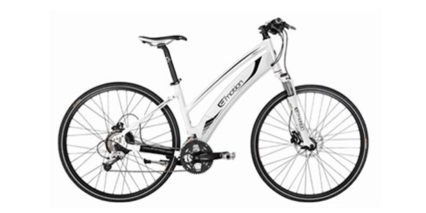

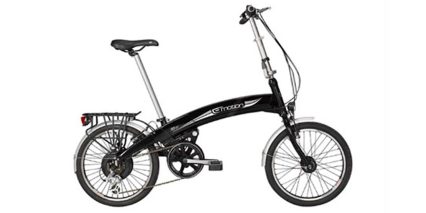
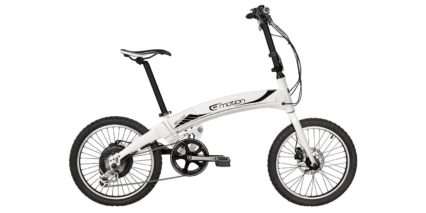
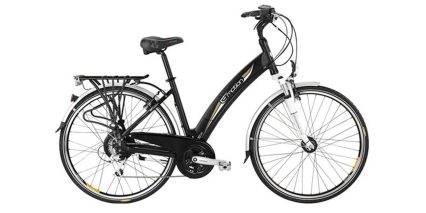
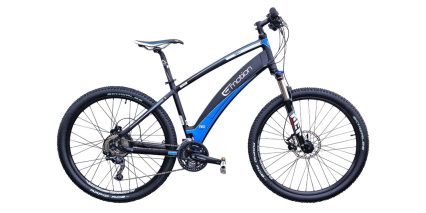

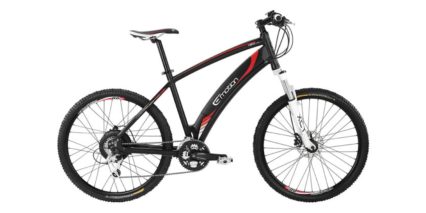

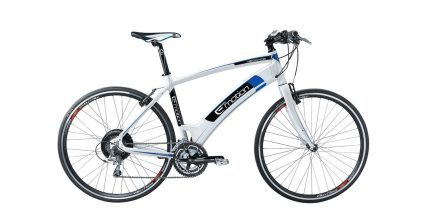

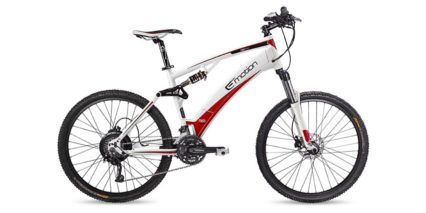
Be the First to Post a Comment